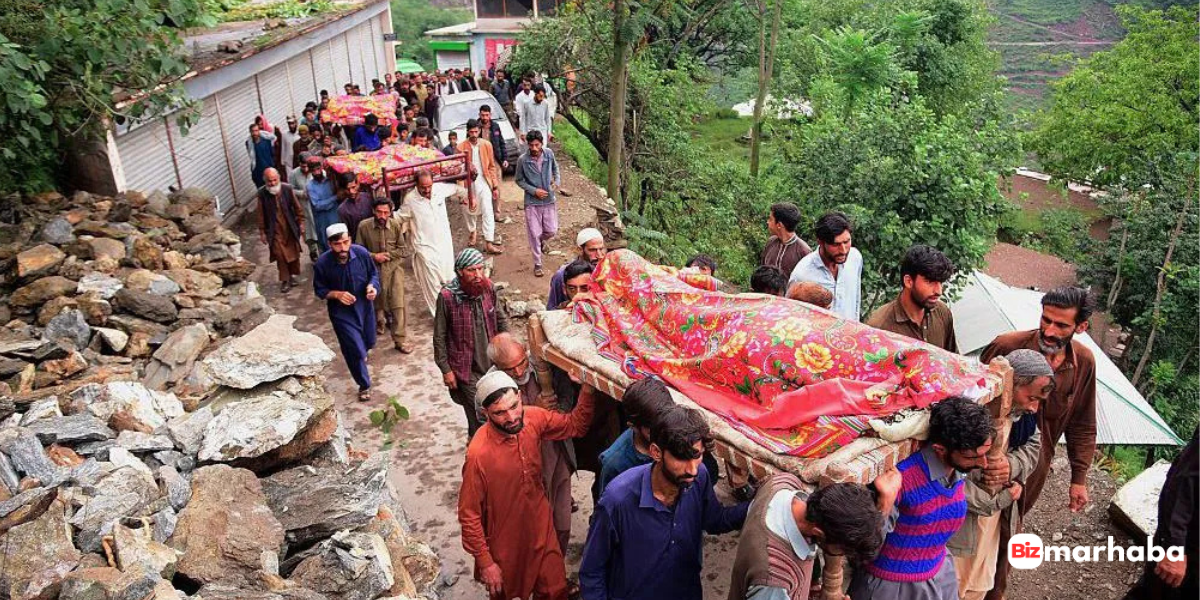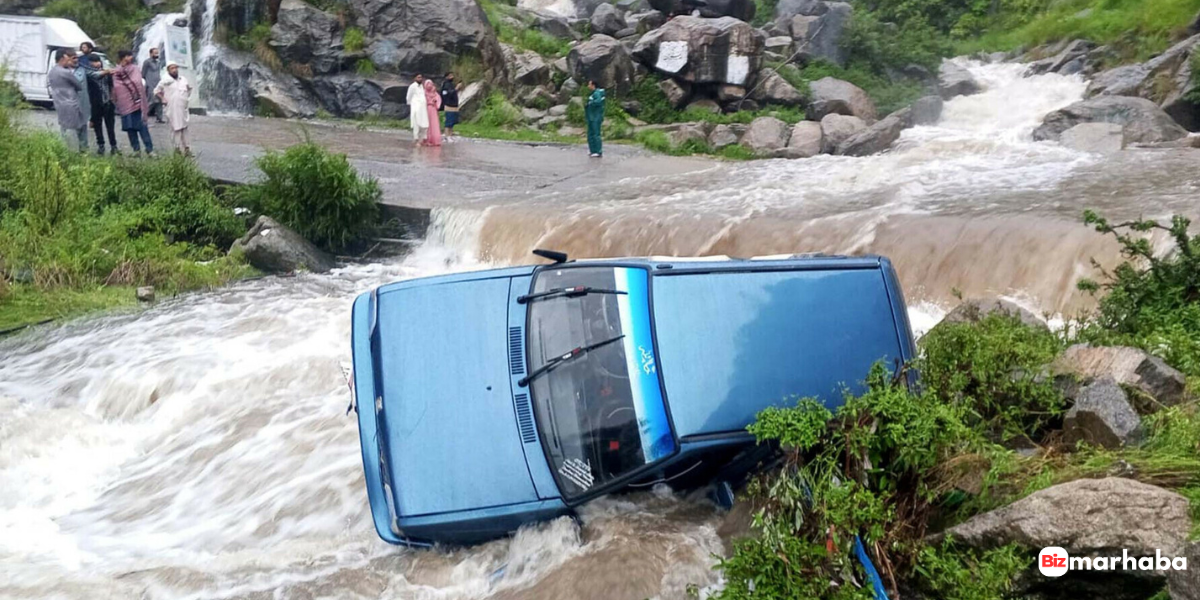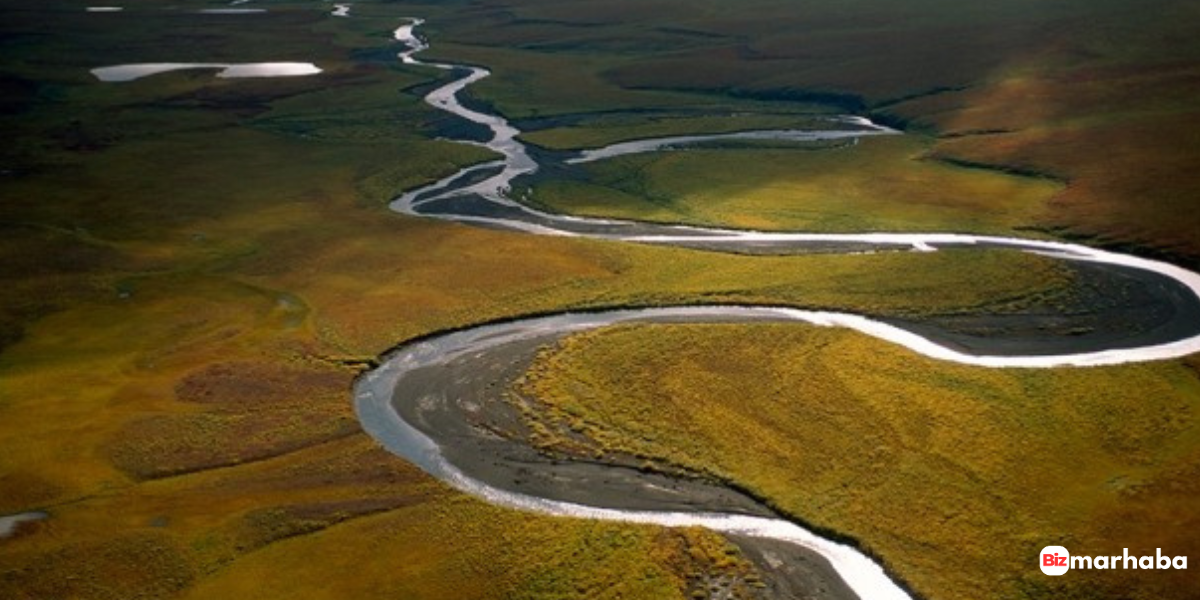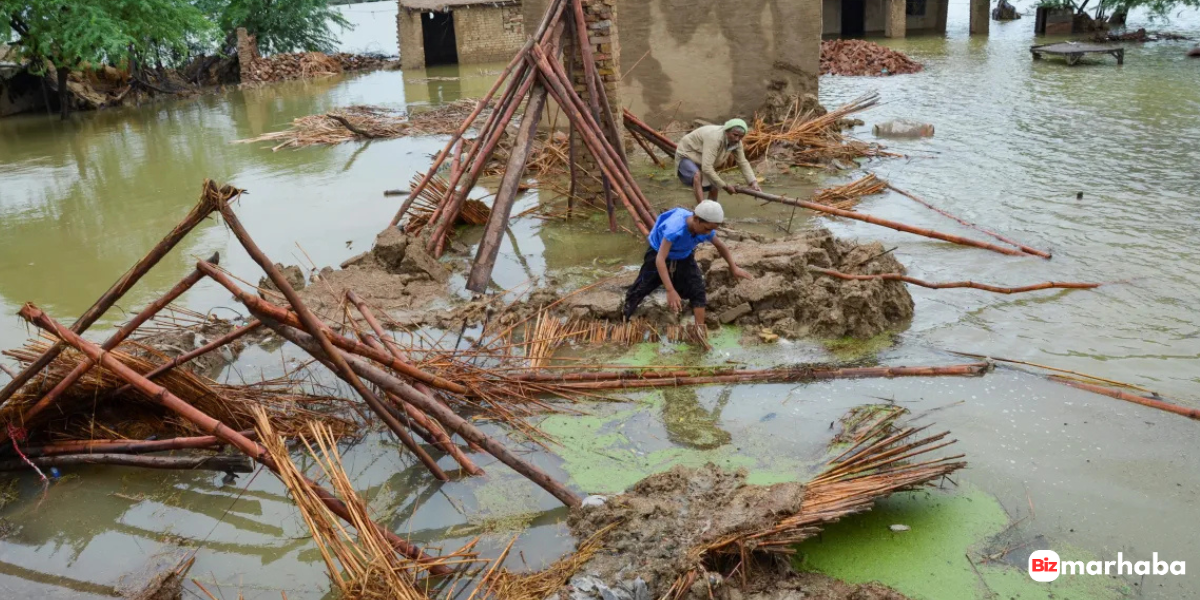Pakistan is having yet another tough monsoon season. In August 2025, heavy rains already led to devastation in the northern and central parts of the country, primarily in Khyber Pakhtunkhwa, Gilgit-Baltistan, northern Punjab, and Azad Jammu and Kashmir. The National Disaster Management Authority and the Pakistan Meteorological Department (PMD) have issued multiple advisories, including an above normal flood alert. The two agencies are alerting the citizens of flash floods, landslides, and swollen rivers between August 14 and August 21.

Unfortunately, the death rate is increasing. By August 16, more than 320 people have died in rain-related incidents. Casualties have been the highest in Khyber Pakhtunkhwa. In Swat, Chitral, and Kohistan, roads have been blocked, bridges destroyed in Gilgit-Baltistan and rescue workers are finding it very difficult to reach the trapped families. In spite of it, it is working in the high risk valleys and along the Karakoram Highway. The officials believe that the figures could rise since more rain is projected in the following days.
Latest advisories and warnings
The warnings are serious. Monsoon currents from the Arabian Sea and Bay of Bengal are feeding moisture into Pakistan. A westerly wave is also intensifying rainfall. This mix is expected to bring more downpours, especially in the upper Indus Basin. PMD’s Flood Forecasting Division has issued alerts for Islamabad, Rawalpindi, Muzaffarabad, and adjoining hill areas.
Local administrations have been told to stay on high alert. People living near the Indus River floodplains and mountain streams are especially vulnerable. Communities are urged to shift to safer ground when warnings arrive.
Why is the risk higher this year
Experts say this year’s risk is linked to climate extremes. Intense heatwaves earlier in the summer have caused rapid glacier melt in the north. Combined with heavy monsoon bursts, this increases the danger of floods. The Indus Basin’s wide floodplain also makes large-scale flooding more likely. When rivers overflow, vast low-lying areas in Sindh and South Punjab quickly go underwater.

PMD had even forecasted higher-than-normal rainfall during this season. In July, officials cautioned that repeated back-to-back rain systems would not give rivers and soils much time to recuperate. This implies that one storm can be enough to cause a serious flood in the waterlogged places.
On the ground situation

Rescue workers are removing families, unclogging trafficked roads and working to clear them. Helicopters and boats are being deployed in Gilgit-Baltistan, and the matter has been deployed, but bad weather usually delays the process. Safe zones in the states of Punjab and Sindh are establishing emergency shelters. The government is also urging people to stock up on basic necessities and stay away.
Understanding the land: How Are Flood Plains Formed

Many people ask how are flood plains formed. Floodplains are low lying natural areas that develop when rivers repeatedly overflow at different points at different times over centuries. Every flood brings deposits of silt and sand, which form a fertile soil. In Pakistan, the Indus River flood plain of the Punjab and Sindh is home to millions of people. Even though these lands are suitable for farming, they flood first when rivers overflow following downpours.
Staying safe during this emergency
Take every Pakistan flood warning seriously. Move to safer areas early.
Keep a small emergency kit with IDs, medicines, water, and food.
Never try to cross flooded roads. Even shallow fast water is dangerous.
Stay updated through official channels of NDMA Pakistan and PMD.
Share verified flood images only if it is safe to do so. Photos with location details help relief efforts.
The bottom line
Pakistan is once again under an above normal flood alert. The rainfall will last up to August 21, 2025. Officials say other parts of Khyber Pakhtunkhwa, Punjab, Sindh, and Gilgit-Baltistan may be hit in the next few days. They must remain alert, act in accordance with safety guidelines, and assist their neighbours who could use assistance. What is done now is to save lives and reduce damage. Everyone is advised to stay connected to official flood updates and prepare for the possibility of more warnings, including the next above normal flood alert.








